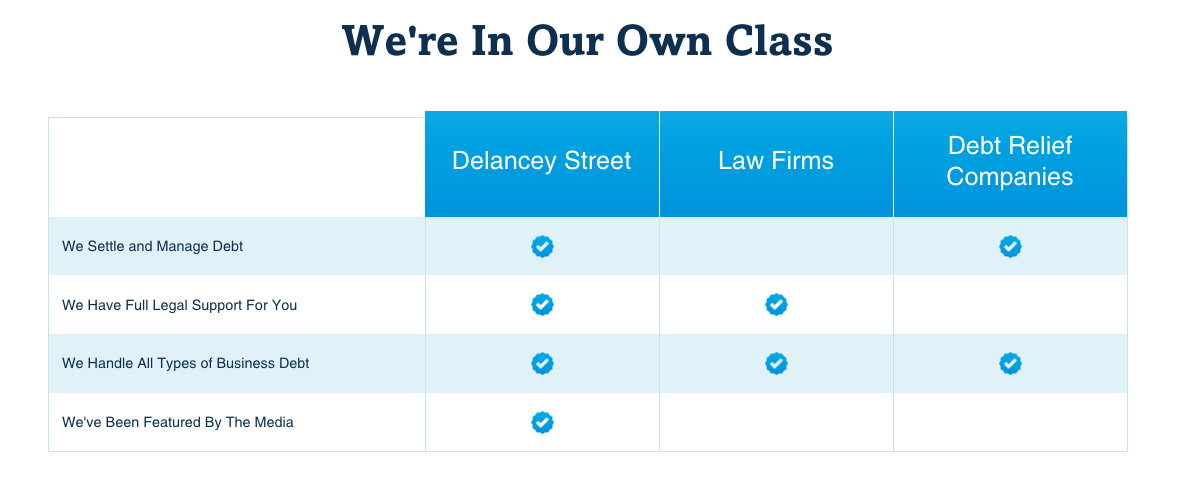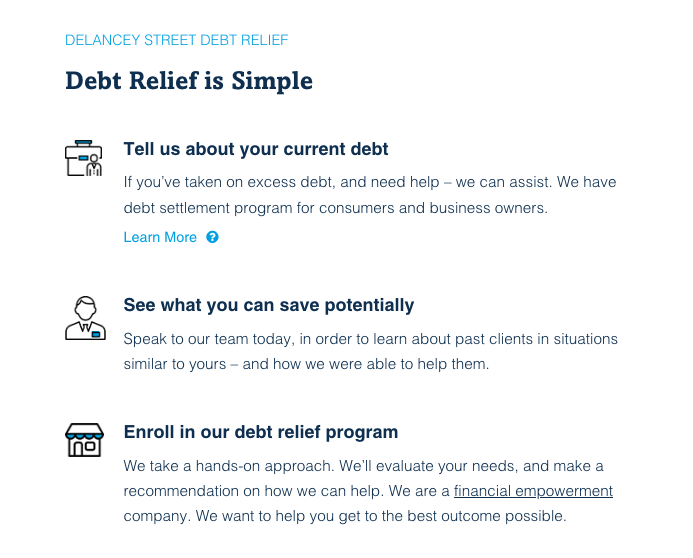How Debt Restructuring Can Rescue a Failing Business
Debt restructuring can provide a critical lifeline for businesses struggling with excessive debt or facing bankruptcy. By renegotiating the terms of loans and other financial obligations, debt restructuring aims to reduce interest rates and monthly payments to more manageable levels. Though not a cure-all, debt restructuring can help distressed companies regain their financial footing and avoid potential liquidation.
What is Debt Restructuring?
Debt restructuring involves changing the terms of debt agreements to provide the borrower – in this case a business – with financial relief. This typically means:
 -
-- Lower interest rates
- Extended repayment periods
- Reduced monthly payments
- Partial debt forgiveness
The goal is to create a more sustainable debt load that gives the business time to recover without defaulting on loans or other obligations. This provides an alternative to declaring bankruptcy, allowing operations to continue while the business turns itself around ([1][2]).
When is Debt Restructuring an Option?
Debt restructuring only works for businesses with a reasonable chance of recovering with temporary assistance. Key indicators a company could benefit from restructuring include ([1]):
- Consistent losses or falling profits
- Cash flow no longer covers debt payments
- Debt payments take up over 30-40% of revenue
- Inability to secure additional financing
However, the business must still have viable products/services and the potential to return to profitability. Debt restructuring buys time for operational changes to take effect. It doesn’t work for failing business models ([2]).
The Debt Restructuring Process
The debt restructuring process involves assessing the company’s financials, negotiating with lenders, and formalizing an agreement ([3]):
 -
-Financial Assessment
- Evaluate business operations, profit margins, assets/liabilities, etc.
- Identify causes of financial distress (economic factors, management issues, etc.)
- Project future earnings potential
Negotiating Terms
- Communicate honestly with lenders about inability to meet debt obligations
- Provide proposals for restructured payment plans
- Be prepared to offer concessions (personal assets as collateral, equity stakes, etc.)
Formal Agreement
- Commit restructured terms to a contractual Debt Restructuring Agreement
- Include updated payment schedules, interest rates, covenants, etc.
- Build in contingencies should the company still default
It can take several months to negotiate terms and finalize contracts. Most lenders would rather receive partial payments over an extended period than force a distressed company into bankruptcy ([1], [2]).
What Kinds of Relief Are Available?
There are a variety of options lenders may offer in a debt restructuring agreement ([3]):
Lower Interest Rates
Reducing annual interest rates from 10-15% to 5-7% substantially decreases monthly payments. This grants immediate financial relief.
Longer Payment Periods
Stretching a 5 year loan to 7 years reduces individual payment amounts to more affordable levels.
Partial Forgiveness
Creditors may forgive 20-30% of loan principal amounts that a company could never realistically repay.
 -
-Deferred Payments
Lenders can defer loan payments for the first 12-24 months to allow financial recovery. Interest still accrues but principal payments pause.
Debt-Equity Swaps
Exchanging debt for company shares can satisfy loans while providing creditors a stake in future profits.
These options can be combined for maximum benefit. The key is crafting terms the business can meet while ensuring creditors get a reasonable return ([1]).
 -
-What Are the Benefits of Debt Restructuring?
When executed successfully, debt restructuring offers struggling businesses a second chance ([3]).
Prevents Bankruptcy
Chapter 11 bankruptcy can lead to asset liquidation and permanent dissolution of the business. Debt restructuring sustains operations.
Overcomes Cash Flow Issues
Lower monthly payments free up cash for marketing, R&D, hiring and other initiatives that can revive growth.
Allows Management Changes
Relieved from urgent financial pressure, owners can implement operational changes necessary to restore profitability.
Retains Employees
By avoiding closure, debt restructuring prevents mass layoffs during financial crises. Employees remain invested in the company’s success.
Salvages Value
Viable companies can be worth more over the long term than if immediately liquidated for assets. Debt restructuring preserves that potential value.
What Are the Risks?
While debt restructuring can throw struggling companies a financial lifeline, it also comes with risks ([3]):
Feasibility
Projections for future earnings may be overly optimistic. The business may continue to underperform.
Equity Loss
Owners often must surrender significant equity in exchange for creditor concessions.
Bankruptcy Still Possible
If the restructured debt still proves unmanageable, bankruptcy could follow anyway, only postponed for a couple years.
Company Culture Damage
Such a close brush with dissolution can negatively impact company morale, productivity, and retention.
Business owners must weigh these factors carefully when evaluating the prudence of a debt restructuring program.
Key Takeaways
- Debt restructuring involves renegotiating loan terms to reduce interest rates and monthly payments.
- It aims to create a sustainable debt load for struggling but viable companies.
- Typical relief includes lower interest rates, longer repayment periods, reduced principles, and deferred payments.
- Debt restructuring can help distressed businesses avoid bankruptcy and retain employees.
- However, feasibility concerns, further equity loss, and still possible bankruptcy remain risks.
In dire situations, debt restructuring serves as a last resort to resuscitate failing businesses by facilitating debt relief and operational changes. While not guaranteed to succeed, under the right conditions debt restructuring can revive distressed companies headed towards insolvency.
Resources
Articles
Debt Restructuring: Last Resort for Small Business Owners
How We Survived Chapter 11 Bankruptcy







